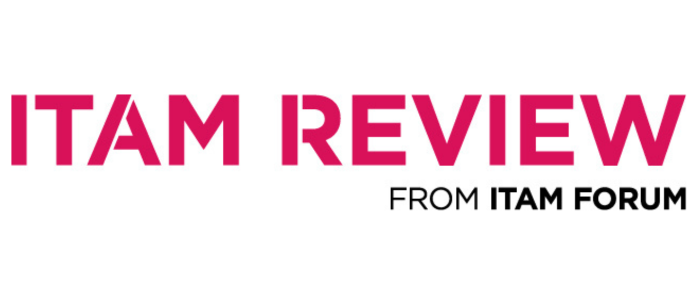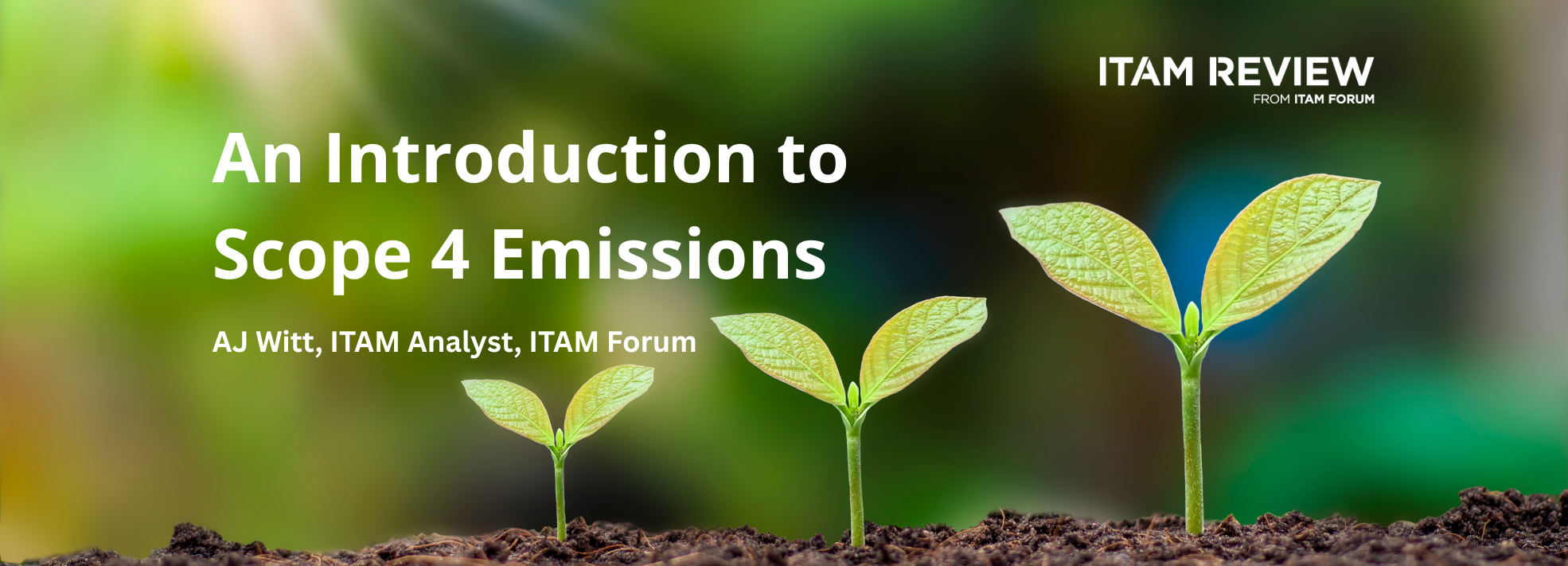Secondary Software Market - Guide and Commentary
 The Secondary Software Market, created by an EU-ruling in 2012, is not just about sourcing second-hand copies of old licenses, or getting some money back for your now redundant Office licenses. In preparing a guide to this market I interviewed David Chamberlain, General Manager of License Dashboard, and Chris Morgan, CEO of Astute Licensing. Chris and David have recently assisted clients transacting in the Secondary Software Market and their insights are shared below.
The Secondary Software Market, created by an EU-ruling in 2012, is not just about sourcing second-hand copies of old licenses, or getting some money back for your now redundant Office licenses. In preparing a guide to this market I interviewed David Chamberlain, General Manager of License Dashboard, and Chris Morgan, CEO of Astute Licensing. Chris and David have recently assisted clients transacting in the Secondary Software Market and their insights are shared below.
Leveraging Selling Power
David Chamberlain argues that selling licenses can be a useful strategic lever to pull in negotiations with software publishers. Getting a price for software made redundant by a move to the Cloud should inform pricing negotiations with the publisher, particularly if you’re moving to their Cloud. Agreeing to hand back perpetual licenses in return for a discount reduces secondary market license stock which directly benefits publishers’ “Cloud First, Subscription First” strategies. Furthermore, the availability of second-hand licenses may resolve a non-compliance position which otherwise may have forced an unwanted move to subscription software. This particularly applies to Adobe software given that perpetual licenses are no longer available for most of their products.
Asset Accounting
Putting a financial value on your license stock may be beneficial from an accounting perspective. Typically license purchases will be depreciated over three to five years but the secondary software market proves that even legacy licenses have some value. Talk to your finance team to determine if it’s appropriate to list them as an asset on your balance sheet.
Selecting a partner
This all sounds good so far. However, Chris Morgan, CEO of Astute Licensing, recommends caution when selecting a secondary software market vendor. In particular, you should check whether the vendor has sufficient capital or license stock to meet your ongoing needs. Many vendors act as brokers between buyers and sellers and as such may carry only limited stock. If your purchase is large, or time-sensitive, you need to ensure that the vendor is aware of this and can meet your demands in a timely fashion. For large orders some vendors may prefer to transact in batches, as this financially de-risks the transaction for them. These concerns apply equally when selling your own licenses. A broker needs time to find a buyer for you, whilst a vendor willing to purchase license stock for immediate payment will require enough capital to do so. All this affects the price you’ll receive for your used licenses – so shop around!
Market Outlook
Chris also advises that this is a short-term opportunity, particularly if you are looking to sell licenses. The value of legacy licenses declines daily as support ends, and, with the move to subscription-based licensing accelerating, the supply of second-hand licenses will slow over the next few years. For UK companies there is also some uncertainty around the impact of Brexit on the market.
Market Guide
For a guide to the Secondary Software Market please see the ITAM Review Marketplace. As always, if you have comments on the guide, or would like to share your experience of working with secondary market vendors, please contact me. Conversations can be confidential if required. We have a lot more content related to this market – follow this link for in-depth research on the topic.
Can’t find what you’re looking for?
More from ITAM News & Analysis
-
Broadcom vs Siemens AG - A Brewing Storm
The ongoing legal battle between VMware (under Broadcom ownership) and Siemens is yet another example of why ITAM goes far beyond license compliance and SAM. What might, at first glance, appear to be a licensing dispute, ... -
Shifting Left Together: Embedding ITAM into FinOps Culture
During one of the keynotes at the FinOps X conference in San Diego, JR Storment, Executive Director of the FinOps Foundation, interviewed a senior executive from Salesforce. They discussed the idea of combining the roles of ... -
Addressing the SaaS Data Gap in FinOps FOCUS 2.1
I recently reported on the FinOps Foundation’s inclusion of SaaS and Datacenter in its expanded Cloud+ scope. At that time, I highlighted concerns about getting the myriad SaaS companies to supply FOCUS-compliant billing data. A couple ...
Podcast
ITAM training
Similar Posts
-
The M&S Cyberattack: How IT Asset Management Can Make or Break Your Recovery
Marks & Spencer (M&S), the iconic UK retailer, recently became the latest high-profile victim of a devastating cyberattack. Fellow retailers The Co-Op and Harrods were also attacked. Recent reports suggest the rapid action at the Co-Op ... -
AI in ITAM: Insightful Signals from the Front Line
During our Wisdom Unplugged USA event in New York in March 2025, we engaged ITAM professionals with three targeted polling questions to uncover their current thinking on Artificial Intelligence—what concerns them, where they see opportunity, and ... -
How ISO/IEC 19770-1 Can Help Meet FFIEC Requirements
In the world of ITAM, the regulatory spotlight continues to intensify, especially for financial institutions facing increasing scrutiny from regulatory bodies due to the growing importance of IT in operational resilience, service delivery, and risk management. ... -
An Introduction to Scope 4 Emissions
Executive Summary For ITAM teams, sustainability is a core responsibility and opportunity. Managing hardware, software, and cloud resources now comes with the ability to track, reduce, and report carbon emissions. Understanding emission scopes—from direct operational emissions ...





